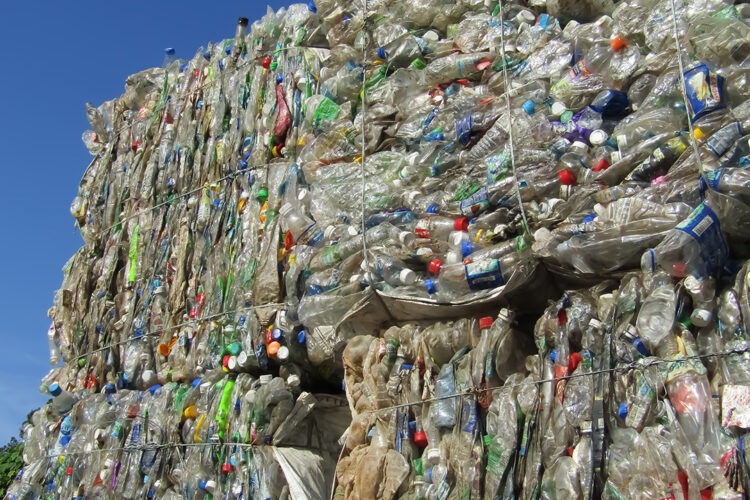European recyclers are struggling to get enough material, even as exports of plastics decline and values rise.
Industry association Plastics Recyclers Europe (PRE) warned the low available volumes of sorted plastics are an obstacle to hitting European Union targets.
“This situation could slow down the transition towards a full plastic circularity,” said Ton Emans, PRE president, in a press release.
Even though recent EU policies spurred massive investments in the plastic recycling capacities – in 2020, 1.5 billion euros created 1.1 million metric tons of additional installed capacity – and the EU had been seeing a decline in export of plastics for recycling, from 3 million metric tons in 2014 to 1 million metric tons in 2021, “no substantial additional quantities of waste are being sent to recyclers today.”
According to the press release, 9 million metric tons of discarded plastic was collected for sorting out of 30 million produced in 2021, but the rest was incinerated or landfilled.
“Furthermore, the statistics demonstrate a 20 [million metric ton] gap in the amount of waste that is generated versus what is put on the market,” the press release said.
PRE called for transparent reporting on waste generation, collection and sorting to allow the missing plastics to be identified and recycled.
“Without stable, high-quality input materials, the industry’s efforts to reach the new recycling targets might be hindered,” Emans said. “Robust sorting and collection infrastructure is a must to increase stable feedstocks for European recyclers.”

























